Empty hospitals and asylums are eerie on their own, but they become even eerier when you consider the spirits lurking around, the human cages, the suspicious treatments and everything else that went down in there. Asylums have become a horror staple due to the paranormal activity that many folks believe happens in them. The mistreatment of the patients that once resided in these facilities may be the reason these spirits have decided to stay, haunting the grounds.
Upon opening, asylums quickly became popular tourist attractions. Visitors would pay to see the mentally ill incarcerated and take grand tours of the gorgeous architecture. The hospital superintendents were happy to have them – these asylums counted on tax dollars to stay in business and needed all the good press they could get.
Except, in these days, asylums were seen as the dumping ground for society’s unwanted.
Many former patients began to speak out about the maltreatment happening behind closed doors. In Elizabeth Stone’s 1842 memoir, she describes the horrors inside of these asylums such as being drugged and locked away in “stone dungeons.” Stone also reports barbaric treatments and cruel staff. Later, fiction followed and oftentimes depicted asylums as places of terror, such as in Edgar Allen Poe’s and George Lippard’s 1845 works. This began a parade of asylum horrors in the form of both memoirs and works of fiction like poems, novels, short stories and later, film. As a result, many of these hospital asylums were emptied and abandoned.
These abandoned asylums have become magnets for ghosts, spirits, horror and paranormal activity. Perhaps they are drawing us towards the dark secrets that have been locked within.
Here are five of the world’s most haunted asylums.
Trans-Allegheny Lunatic Asylum
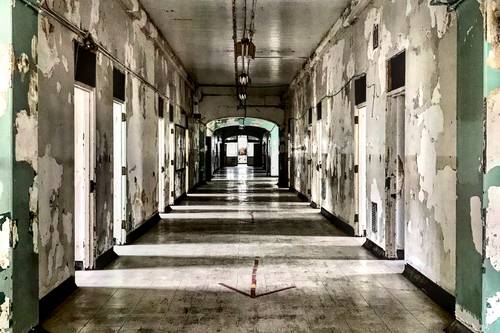
The Trans-Allegheny Lunatic Asylum in Weston, West Virginia first opened its doors to patients in 1864. The asylum literally looks like the set of a horror movie, and what went on in there is even more horrific.
To start, construction began in 1858, around the Civil War era, and was conducted mostly by prison and slave laborers. Construction was interrupted by the outbreak of the war and the partially built asylum and the surrounding grounds became Camp Tyler for the Union. Confederate raids dislodged the Union troops and stripped the asylum of all food and clothing intended for its first group of patients.
The asylum was designed to house 250 patients but ended up holding more than 2,400 of them (including the infamous Charles Manson for a brief period,) leading to severe overcrowding. Along with that, severe abuse occurred–people were locked in cages, lobotomized with icepicks, chained to things and more. Anyone who complained or acted out was subjected to solitary confinement, chained to the walls of an empty room for months on end. This mistreatment led to hundreds of deaths and even more suffering.
In 1985, The Charleston Gazette exposed the asylum, reporting that it was “dirty and unkempt,” with many patients left naked and “confined to dirty wards with bathrooms smeared with feces.” In 1992, a patient named George Edward Bodie died after a fight with another patient while another patient, Brian Scott Bee, committed suicide and his terribly decomposing body was not found for 8 days. The asylum was forcibly closed in 1994 and the building stood vacant for years.
The stories of hauntings started even before the asylum was shut down–after a few decades, many workers were said to have stayed only a few days, quitting after hearing inexplicable noises. There are over 2,000 people buried in the cemetery on the grounds and numerous spirits from Civil War era ghosts to children are seen lurking there. Screaming coming from inside the electro-shock room, banging, mysterious opening and closing doors, moans, hysterical laughter and voices warning to “get out” is also commonly reported.
The asylum was actioned off in 2007 and was bought for $1.5 million. Today, it is open for ghost hunts and guided historic and paranormal tours.
Utica State Hospital
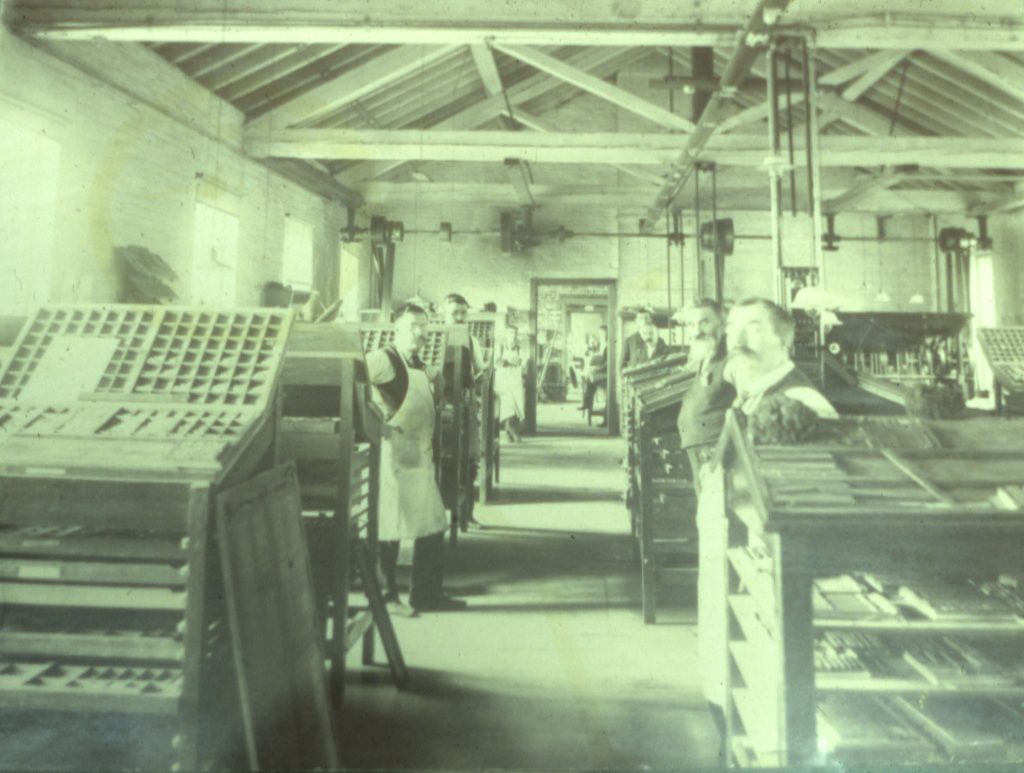
Originally known as the New York Lunatic Asylum at Utica, this hospital first opened in 1843 and was the first state-run hospital that treated the mentally ill. When it first opened its doors, it was considered a state-of-the-art facility and quickly filled all of its beds and was in need of more space. Over the years, horrific stories have come out about this asylum and the terrible living conditions and that the patients who stayed here barely received any care and were left confined in small quarters and cages. Utica’s asylum is also known to have had staff members that regularly performed lobotomies and electric shock therapy on patients.
In 1852, the asylum’s first-floor stairway was set on fire and both a doctor and a firefighter were killed. Four days later, a barn on the asylum’s property was set on fire. A man named William Spiers, who was a former patient at the asylum, confessed to setting both of the fires because he was upset with one of the asylum’s supervisors.
The most horrific part of the asylum’s history is the Utica Crib. The Utica Crib was a long and shallow caged bed where staff would put patients in an attempt to punish them – just one part of the long history of abuse here.
Utica’s asylum closed in 1973, but the abandoned building still stands to this day and many claim that it is haunted. Things that claim to have been experienced by visitors include faces looking out of the windows and screams that can be heard coming from the abandoned building. The building is mainly off-limits, however, there are occasionally ghost tours scheduled there.
Mayday Hills Lunatic Asylum
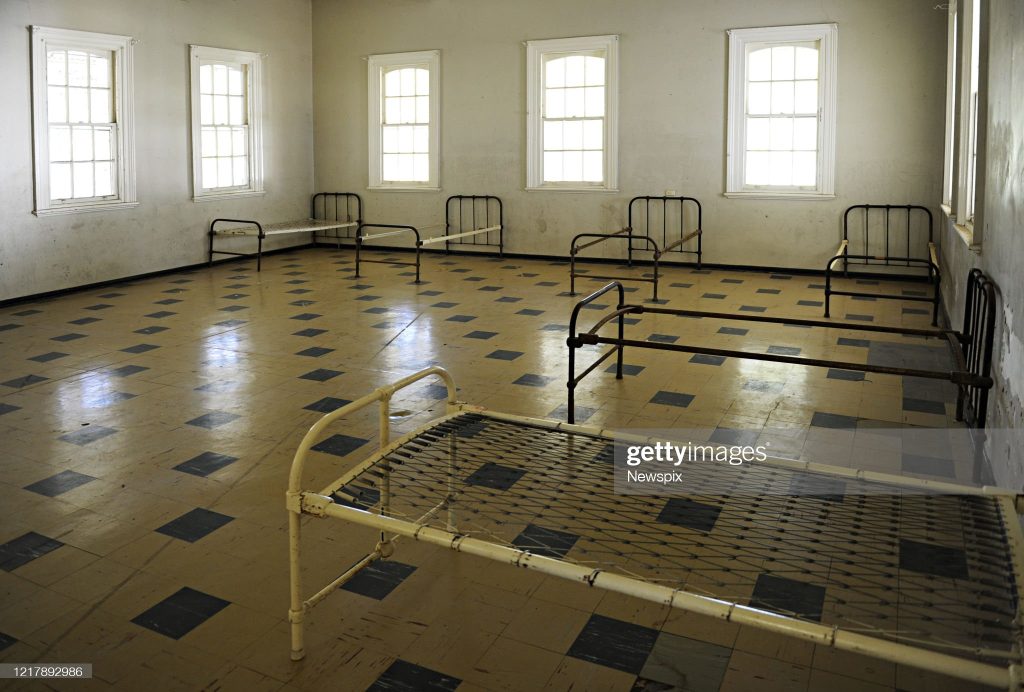
Located in the hills of Beechworth, Australia, the Mayday Hills Lunatic Asylum was once the largest asylum in all of Australia. Many interviews that have survived to the present day speak of troubled patients, brutal treatment and no hope for escape.
Almost all patients were subjected to treatments such as straight jackets, restraint chairs, isolation cages, lobotomies and electro-shock. One particularly eerie feature of this asylum was what is known as “Ha-Ha walls.” The key to this wall was a trench built on the interior of the asylum’s walls, making the wall appear low enough that inmates weren’t imprisoned from the outside while ensuring that none of them could actually escape.
Once you were admitted to this asylum, it was pretty much impossible to be discharged. Approximately one-third of all patients who entered the asylum never made it out alive. Apparently, over 10,000 patients died here over the years.
It comes as no surprise that there is lots of paranormal activity here. Faces floating in windows and nurse Matron Sharpe making her rounds in the asylum are common sights. The Grevilla Wing was where patients would wait for electro-shock treatments and visitors today report that the area is icy cold with a number of ghosts wandering the halls. One woman was pushed out of a window at the asylum and a number of visitors report seeing the chilling vision of her body lying where it fell from the window. Many visitors also commonly say that they see an elderly man staring out the window as well as the ghost of a young girl who desperately tries to communicate with anyone she comes in contact with.
This place saw 128 years of terror before closing in 1995. There are still nightly ghost tours hosted and the remaining grounds are used as a hotel and conference center by LaTrobe University.
Waverly Hills Sanatorium
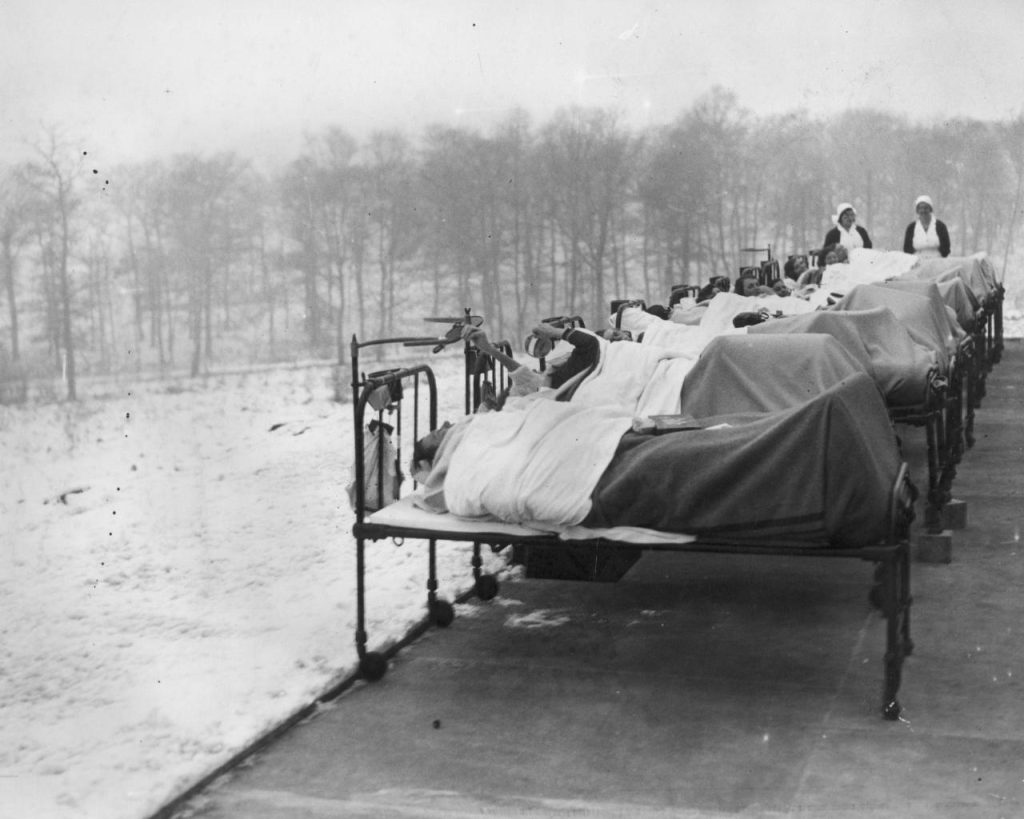
Located in Louisville, Kentucky, the Waverly Hills Sanatorium was originally built as a tuberculosis hospital in 1910. There was no medicine available at that time to treat tuberculosis and many people sent their family members to asylums when they contracted the disease. Sadly, the main use of the hospital was to isolate those with the disease.
Treatments for tuberculosis were oftentimes just as bad, if not worse, than the disease. The patient’s lungs were exposed to ultraviolet light to try and stop the spread of bacteria, which was done in a “sun room” where they were forcibly exposed to extreme weather conditions. Other treatments included a balloon surgically implanted into the lungs and then filled with air to expand them and operations where the patient’s muscles and ribs were removed from their body. Needless to say, most patients did not survive – there was an alleged 65,000 deaths occurring on the premises.
The worst part of it was what came to be known as the “body chute.” This enclosed tunnel for the dead led them from the hospital to the railroad tracks at the bottom of a hill. Using a motorized rail and cable system, the bodies were lowered in secret to the waiting trains.
Waverly Hills Sanatorium is said to be one of the most haunted buildings in the United States. One of the most popular sightings at Waverly Hills is the ghost of a young boy named Timmy, who enjoys playing catch with visitors. It is said that if you roll a ball down a long hallway in the building, Timmy will roll the ball back to you. Other common sightings are a woman with bleeding wrists screaming for help and a man in a white coat wandering the kitchen.
The spookiest sighting is of a nurse who was found dead in room 502 in 1928. She was 29 and had committed suicide by hanging herself from the light fixture. It is said by visitors that you can still see her ghost hanging there.
The hospital is now a popular tourist attraction, hosting haunted houses and paranormal tours.
Gonjiam Psychiatric Hospital
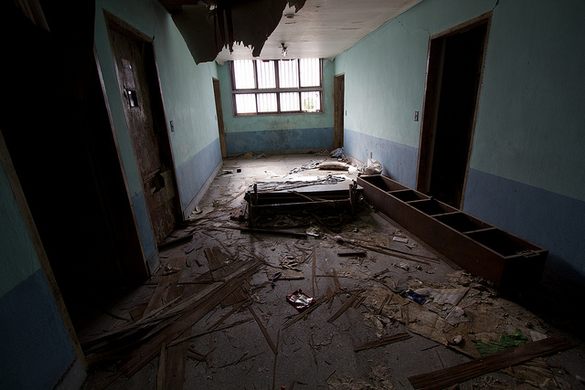
In 1961 the Gonjiam Psychiatric Hospital was opened in Gwangju-Si, South Korea and is straight out of a Stephen King novel with its collapsed ceilings, long echoing corridors and rooms littered with old mattresses.
The story goes that patients started dying mysteriously, one after the other, with no good explanation. The staff was also known to go missing or end up dead in rooms. Many people thought it to be an infection around the hospital, but it turned out to be something much more sinister. Apparently, it was the owner of the asylum who went insane himself and kept many of the patients as prisoners, later killing them. However, he fled to the United States when the families of the victims demanded answers and began to investigate.
It is said that screams can be heard coming from the building along with mysterious figures floating around. Many people that have visited report scary encounters with dropping temperatures, voices of people that weren’t there and the opening and closing of doors.
The hospital is not available to visit and was demolished in 2018.



